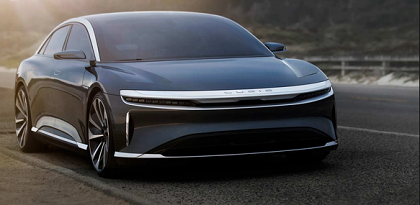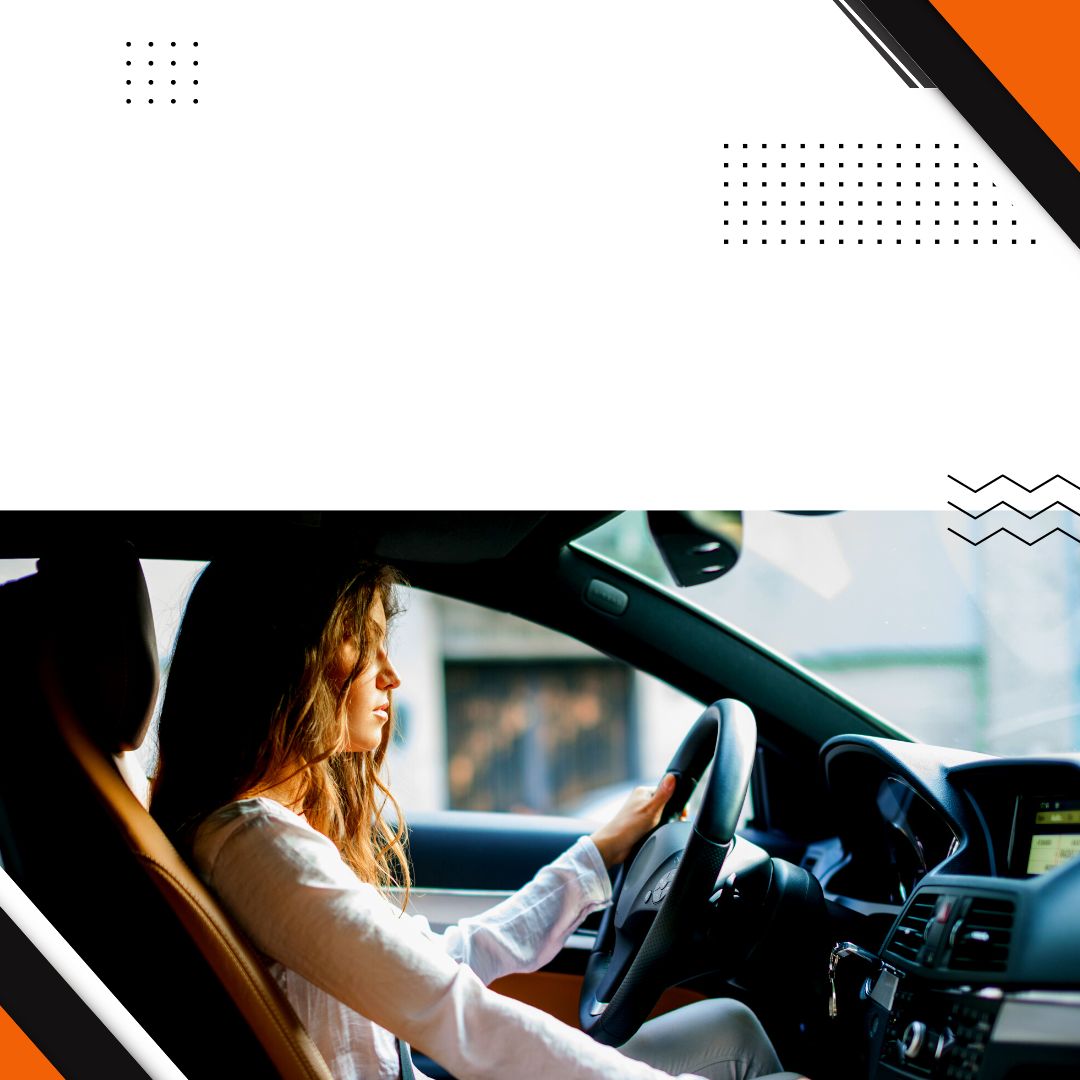As we enter the age of digital transformation, we witness the influence of technology in almost all aspects of our lives. The automotive industry is no exception, and modern cars come equipped with various technological advancements that improve safety, convenience, and entertainment. In this article, we will discuss the technology used in modern cars, how it works, and the impact it has on the driving experience. Also learn more at fortuner price in pakistan for more details.
Infotainment System
Infotainment systems are becoming increasingly popular in modern cars. The infotainment system is a central unit that controls various features such as the radio, GPS, music, and climate control. The system provides a touch screen display that is mounted on the dashboard, making it easy for the driver to access and control these features.
The infotainment system is powered by a computer that is integrated into the car. It is usually connected to the internet, enabling drivers to access a wide range of information, such as traffic updates, weather reports, and news. The system also allows drivers to connect their smartphones, making it easy to access their music library, phone calls, and messages.
One of the most significant benefits of the infotainment system is that it keeps drivers focused on the road. They no longer need to fumble with their smartphones or GPS devices while driving, which can be a significant safety hazard. By providing a central control unit for all functions, the infotainment system minimizes driver distraction, ensuring that they can focus on the road.
Advanced Driver Assistance Systems (ADAS)
Advanced Driver Assistance Systems (ADAS) are another technological advancement that has transformed modern cars. ADAS is a collection of safety features that work together to enhance driver safety and convenience. These features include adaptive cruise control, lane departure warning, automatic emergency braking, blind-spot monitoring, and parking assist.
Cruise Control
Adaptive cruise control is one of the most advanced features of ADAS. It uses radar and camera sensors to maintain a safe distance from other vehicles on the road. It works by automatically adjusting the speed of the car to match the flow of traffic. This feature is particularly useful in heavy traffic, as it reduces driver fatigue and enhances safety.
Lane departure warning is another important feature of ADAS. It uses cameras and sensors to detect when the car drifts out of its lane. When this happens, the system alerts the driver through visual or audio warnings, prompting them to take corrective action.
Automatic Brakes
Automatic emergency braking is a feature that automatically applies the brakes when the car detects an impending collision. This feature is particularly useful in situations where the driver is distracted or unable to react quickly.
Blind-spot monitoring is a feature that alerts the driver when a vehicle is in their blind spot. This feature uses sensors that are mounted on the car’s exterior, which detect other vehicles and provide visual or audio warnings to the driver.
Parking Assist
Parking assist is a feature that helps drivers park their cars. This feature uses sensors to detect the distance between the car and other objects. The system then guides the driver through the parking process, making it easier to park in tight spaces.
Hybrid and Electric Cars
Hybrid and electric cars are becoming increasingly popular due to their fuel efficiency and reduced environmental impact. These cars use a combination of gasoline engines and electric motors to power the vehicle. The electric motor is powered by a rechargeable battery, which provides additional power to the car and reduces its reliance on gasoline.
Hybrid and electric cars are equipped with various technological advancements in battery data that improve fuel efficiency and performance. For example, regenerative braking is a feature that captures energy generated during braking and uses it to recharge the car’s battery. This reduces the need to rely on the gasoline engine, leading to improved fuel efficiency.
Another technological advancement found in hybrid and electric cars is the ability to monitor the battery’s charge level. Drivers can use this feature to monitor the battery’s charge.
Conclusion
In conclusion, technology has significantly transformed modern cars. The infotainment system has improved convenience and safety for drivers by providing a central unit to control various features, such as GPS, music, and climate control. Advanced Driver Assistance Systems (ADAS) have also revolutionized driver safety by providing features such as adaptive cruise control, lane departure warning, and automatic emergency braking, making driving safer and more comfortable. Finally, hybrid and electric cars have greatly improved fuel efficiency and reduced environmental impact. With these technological advancements, it is clear that the future of cars will continue to be shaped by technology. And we can expect to see even more advanced features in the years to come. As technology continues to develop, it is vital that manufacturers prioritize the safety and convenience of drivers. While also ensuring that their cars are environmentally friendly and sustainable.





